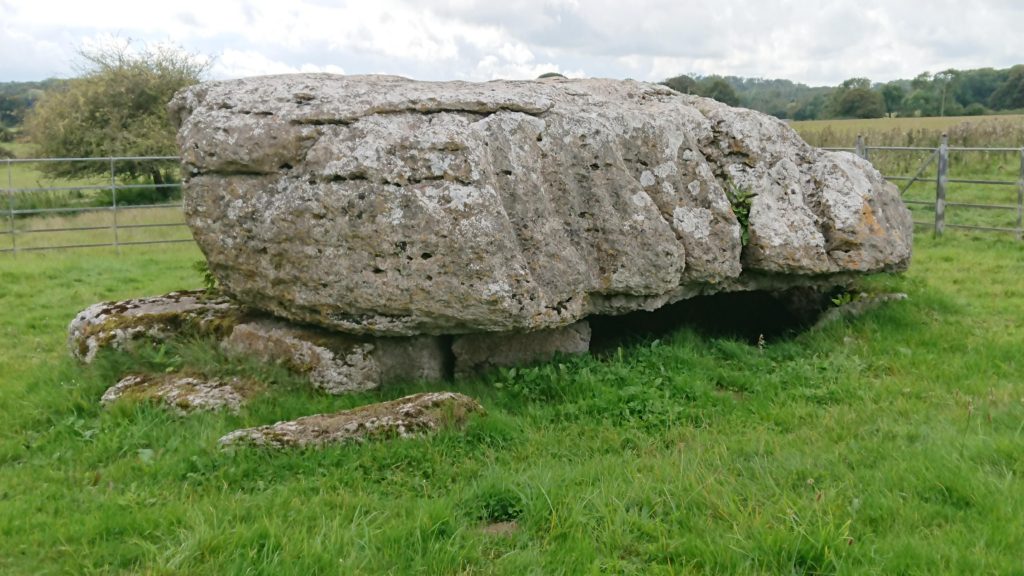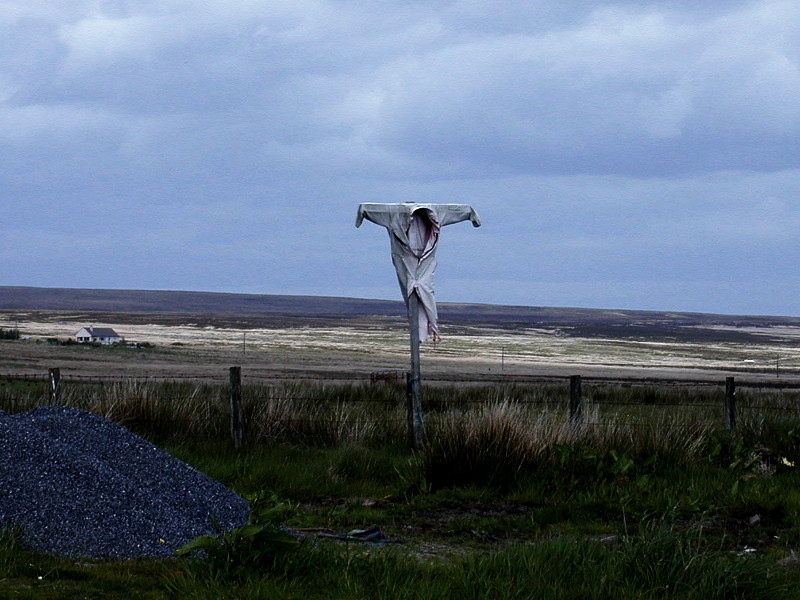Dear Benedict: One thing that has characterised this phase of my life is being on the move. I keep walking, even if it may not be as much as in 2019, when I completed the End to End. Each day includes, where possible, the little end to end. To embark on pilgrimage, first go up the High Street as if it’s sacred ground: the butcher’s is closed, the baker get’s up at 3 am, they still sell candles in a couple of shops. In a holy valley like Longdendale, what ever the weather, something is trickling down one gulley or another, from the top reservoir to the bottom. But here like other places in England, there’s a partial drought and the behaviour of reservoirs is not a good image for how to treat real people when it comes to economics.
This week has been another of my roving weeks. When on the move I take a few things with me: my phone stands in for many things, but also a paper map for backup, and my remembered bible and remembered rule. Days away from home are different from days at home. Here I’m sat down writing. There I’m on the move, observing and reflecting. A balance between these is my current pilgrim life.
My adventures took me to Angelsey, Yns Mon, across the Menai Bridge where only bicycles can overtake bicycles. I visited four small churches on the island, sometimes on islands next to the island. These probably all began life as hermit cells and are not often used today, though each is still a part of a local group of churches.

St Tysilio’s near Menai Bridge is on Church Island which is joined to the main island by causeway. Lit by candlelight, an open door explained that it was founded in 630AD. These are churches of the Celtic version of the faith that was circulating in the West well before Augustine, a Benedictine, turned up in Canterbury (597AD). Simple, less heirarchical and misinformed (according to Rome) about the date of Easter, these small hermitages have been visited by local people for centuries. The early Celtic saints were often on the move and Tysilio is said to have died in Brittany, where the great western seaway took him.

The Church in the Sea is also linked by a causeway to the main island, but is only accessible at low tide, the journey made over a trail of rocks.

A simple building, services are still held during the summer. Through the window I could see the font surrounded by sea shells, sign of the pilgrim’s baptismal vows renewed.

Lligwy Chapel, built in the 12th century, is now a ruin, its community having moved away. There’s no note of it being dedicated to any saint, but all saints came here and in the 16th century at least some were buried here. It stands within a circle of boulders in a meadow not far from an ancient settlement that dates to the Roman occupation and a Neolithic burial mound, all of which indicates this ground has been considered holy since at least 2,500 BC.


The final one of the four is dedicated to St Seiriol and is a small well chamber alongside the ruins of the Augustinian Abbey at Penmon, proof that one St Augustine did finally catch up with the inhabitants of Angelsey. But it was the other St Augustine, this time from Hippo who’s writings date to about 400 AD. St Seiriol is remembered as one of the early Welsh Fathers, and his occupation of the site dates to the 6th century.

The Penmon cross now housed in the Abbey, 9th century, is incised with simple Celtic patterns.

I’ll end my pilgrimage at St Seiriol’s Well, which is behind the Abbey. This well probably has, like most holy wells in Wales, pre Christian origins. Wells have been sites of pilgrimage for generations and the water here still runs clear.

I love to visit the homes of the saints, ancient and modern. Each spot reminds me that at sometime someone else sat here and prayed. I join in the timeless action.
From my remembered bible: The swallow makes its nest near your altar.
Note that swallows are migratory birds even now leaving Britain until next spring.
May my prayer migrate as I pray for the migrating ones, all who are travelling beyond borders.
From A Friend of Scholastica and a Member of the Lay Community of St Benedict.
Janet Lees, Angelsey, 17-24 September 2022.




